The ancient Egyptians called cat "myeu" , they domesticated those who lived on the edge of the Nile delta, originally to eradicate the rats that infested the barns.
But then, over time, there was no house or temple or building that did not have the presence of a cat. When one of these cats died, it is said that the owner would use to shave their eyebrows as a sign of mourning for the animal and of respect for the Goddess.
The cult of Bastet reached a distribution such that cats in Egypt were protected by law. It was forbidden to hurt them or transfer them outside the borders of the kingdom of the Pharaohs. Those who violated these provisions was punishable by death.
Despite the Egyptian laws forbid the export of cats, which are considered sacred animals, Phoenician navigators smuggled them out of the country, making it an object of trade along with other valuable goods.
Then the Romans were the first to bring them to the British Isles.
Bastet or Bast or Bastit is one of the most important and worshiped deities of the ancient Egyptian religion, it was depicted or resembling a woman and head of a cat or directly as a cat.
The center of his cult was the city of Par Bastet (Bubastis of the Greeks, current Zagazig, near the delta of the Nile), where-according to Herodotus-were also being held periodicals festivities in honor of the goddess, including processions of barges and orgiastic rites and where a mummified holy cats metropolis and temple were found.
At the origin, Bastet was a solar deity of worship, symbolizing the soothing warmth of the sun, revered for its power, its strength and agility, but over time but over time became increasingly associated with the lunar cult. When the Greek influence extended into the Egyptian society, Bastet finally became just a lunar goddess, as the Greeks identified with Artemis.
From the Dynasty II, Bastet was depicted as a desert wildcat or like a lioness, so she was confused or equated with his sister, the goddess Sekhmet. He was represented as a domestic feline around 1000 BC.
Bastet was the "Daughter of Ra", and had the same rank of other goddesses as Maat and Tefnut. In addition, Bastet was one of the "Eye of Ra" in the sense that she was sent specifically to destroy the enemies of Egypt and its gods.
Since the Greeks identified Bastet with Artemis, the goddess was known as the "mother of the lion-headed god Mihos" (also worshiped at Bubastis, along with Thoth), and was commonly depicted as a woman or with the head of a cat or as cat real ..
Italian version http://walkingontherainbows.blogspot.it/2013/09/il-culto-dei-gatti-bastet-gli-antichi.html
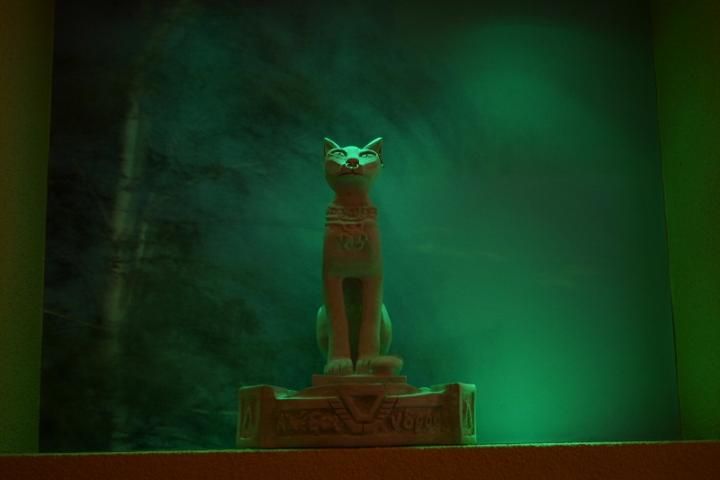
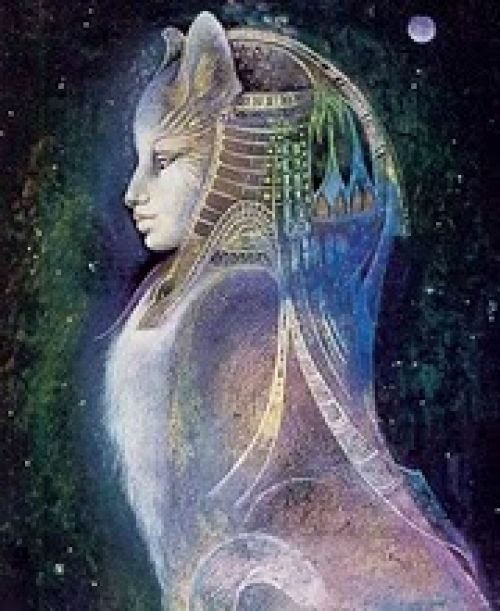
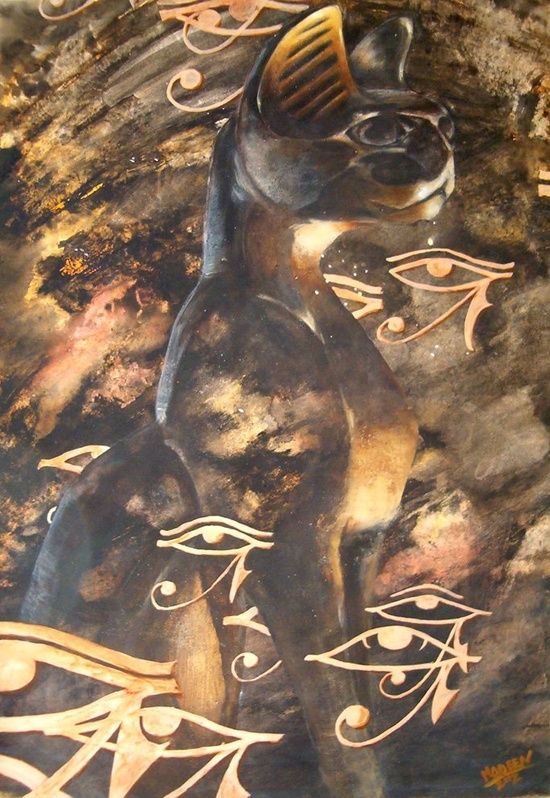
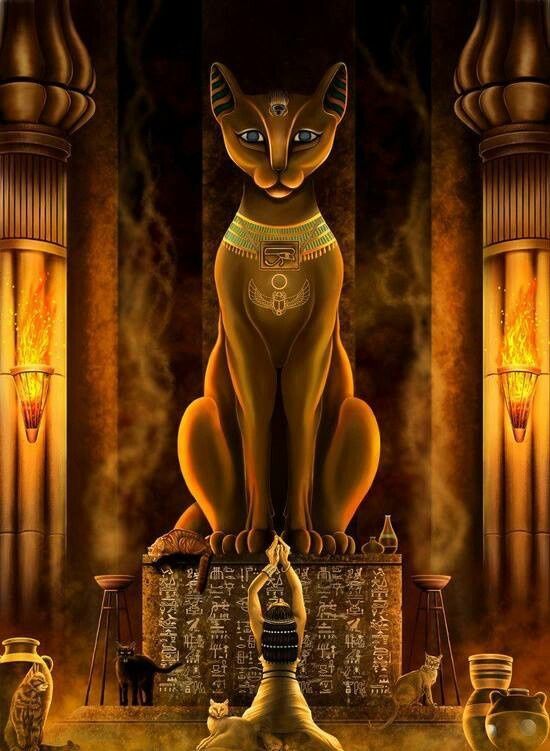
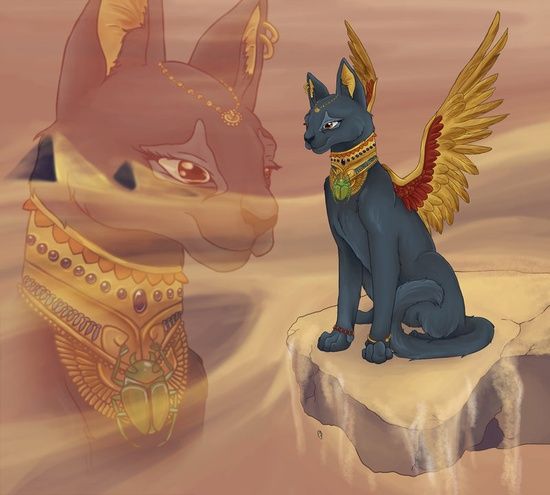

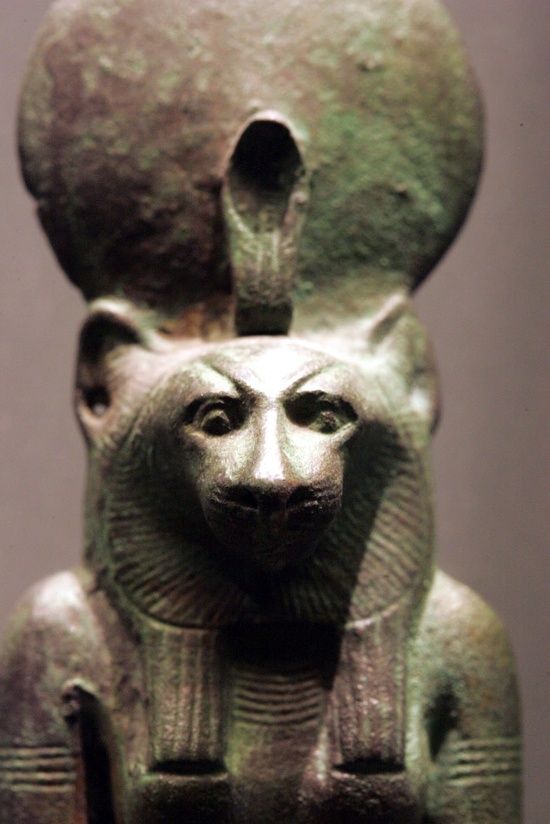
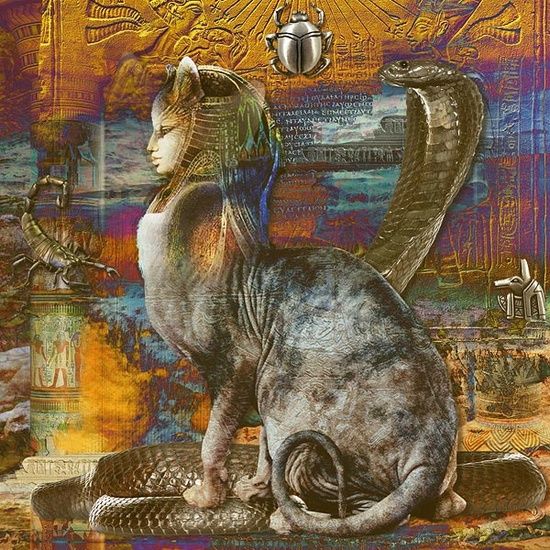

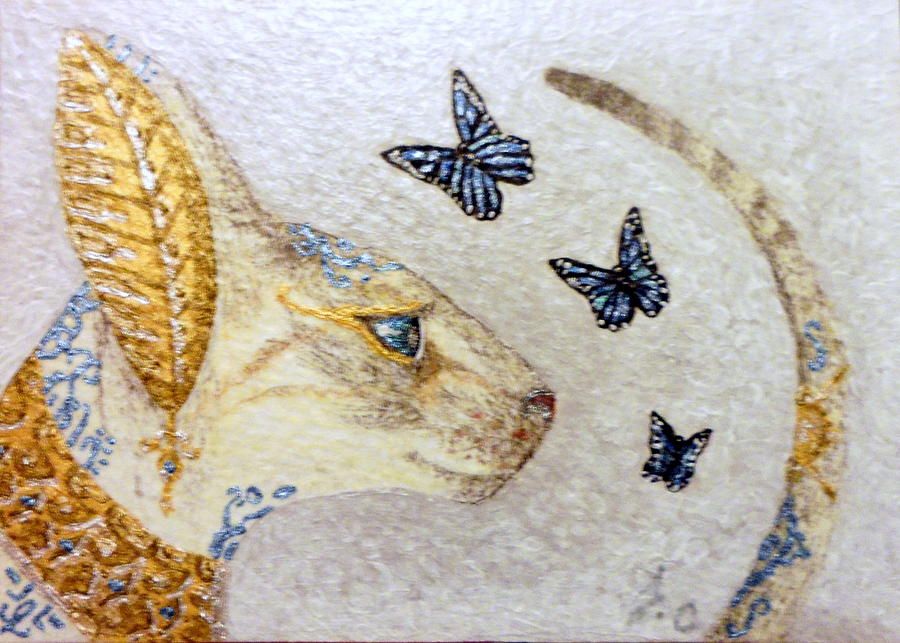
No comments:
Post a Comment